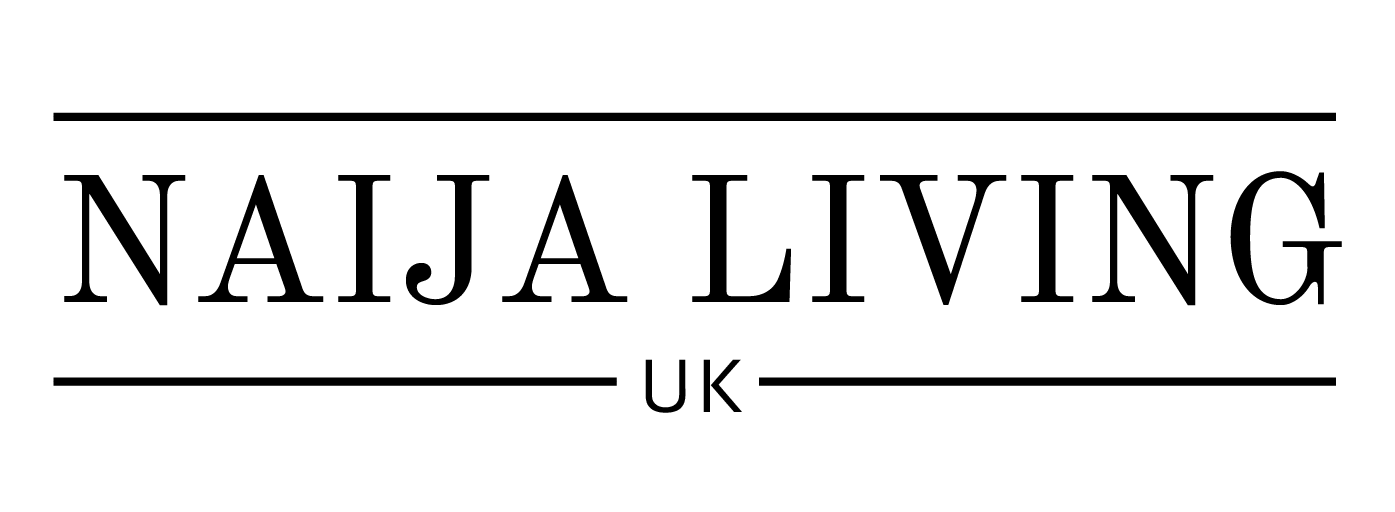The Hijab: Unveiling the Cultural, Religious, and Personal Dimensions
The headscarf has continuously been a source of discussion and discord since it is an iconic symbol of respect and religious identity. In addition to being worn for religious observance, headscarves serve as essential markers of cultural identity and personal inclination among Muslim women. The present piece is going to investigate the various aspects of the hijab, especially its religious foundations, cultural implications and the personal decisions connected with wearing it.
Religious Significance:
The hijab, although is often connected with modesty, has its roots on Islamic teachings. The Quran, the sacred text of Islam, highlights the necessity of decorum and encourages both men and women to dress modestly. Whilst the exact standards varied between distinct Islamic traditions and clarifications, the basic principle of Islam is intended to encourage elegance and discourage pretense.
Muslim women can openly express their faith and commitment to modesty by donning the hijab. It is a personal choice made in observance of religious commandments, fostering a sense of spiritual connection and allegiance to Islamic principles.
Cultural Identity:
In addition to its religious significance, the hijab is a powerful symbol of social status for a large number of Muslim women. It reflects the substantial variety found with the Muslim community by showcasing the distinctive rituals and cultural influences of different areas throughout an extensive selection of styles, shadings, and fabrics.
The hijab has changed into a source of pride and a symbol of celebrating ethnic heritage. Every fashion, from the multicolored headbands of the Philippines and Indonesia to the intricately embellished hijabs of North Africa, contributes to the rich tapestry of Muslim cultures across the globe and tells a story.
Personal Choice and Empowerment:
Despite what the public believes, an abundance of Muslim women pick for themselves whether or not to wear the hijab. In places were faith liberty is regarded as important, women who choose to wear the hijab can do so as a means of expressing who they are and what they believe in. For them, donning a hijab is a symbol of sovereignty that allows them to control their external appearances and reject social norms.
Respecting and acknowledging the variety of viewpoints within the Muslim community is crucial. Some women may regard wearing the hijab as a personal decision that is consistent with their values and views, while others may do it as a religious requirement. Either way, the choice to wear a hijab is quite personal and needs to be viewed in the larger framework of personal agency.
Challenges and Misconceptions:
The hijab has generated debate and misinterpretation around the world despite its importance to culture and religion. There have been cases of bias and discrimination against women who prefer to wear the hijab in different communities. This emphasizes how crucial it is to promote a more accepting and tolerant comprehension of various cultural and religious customs.
Conclusion:
Many Muslim women place great importance on the hijab, a multifaceted garment having religious, cultural, and personal components. It is a representation of cultural identity, modesty, and individuality. In order to promote tolerance and acceptance and let people to express their faith and identity in a society that celebrates variety, it is crucial to comprehend the various motivations behind wearing the hijab.


